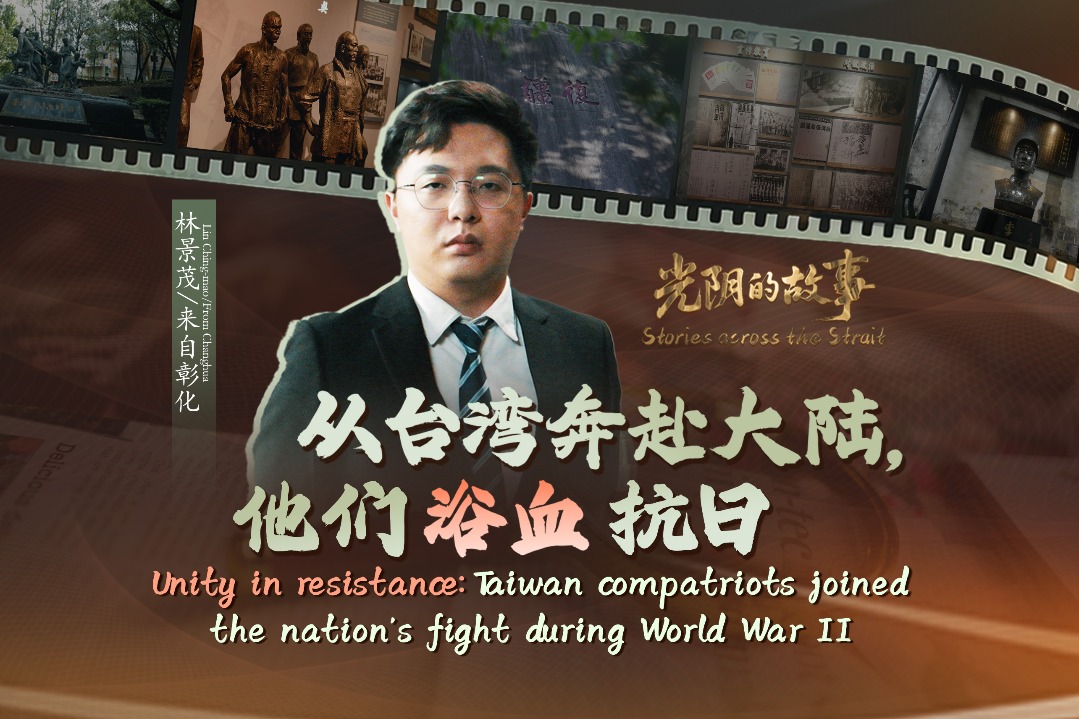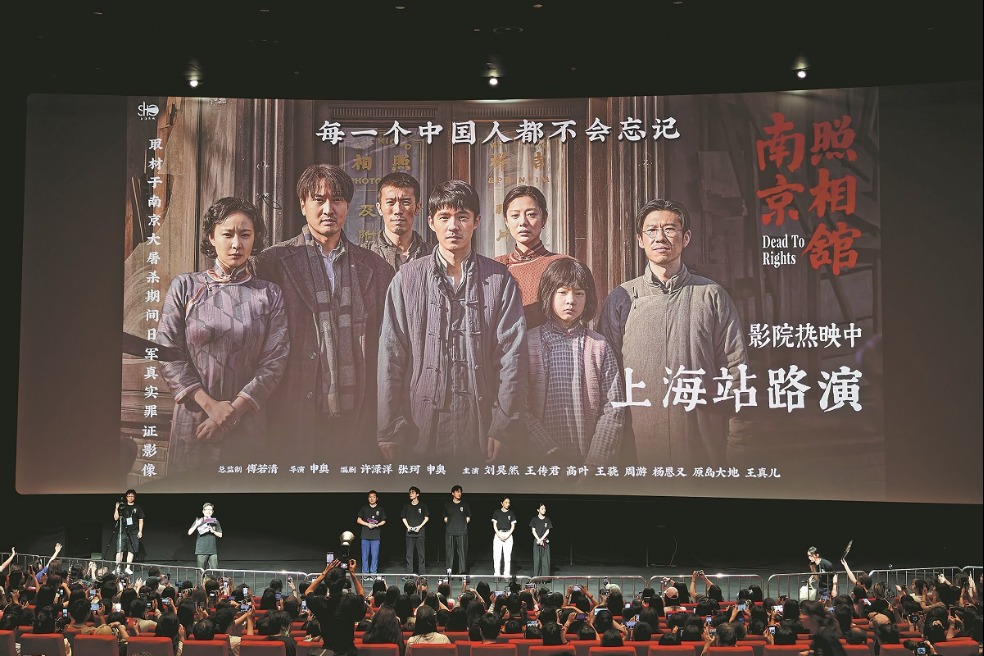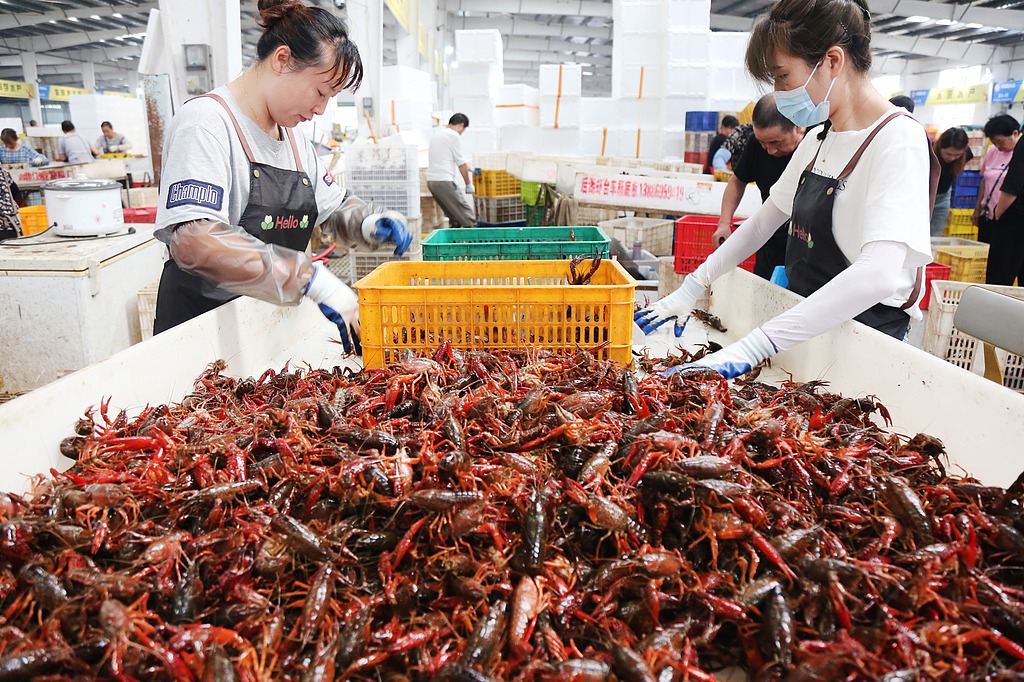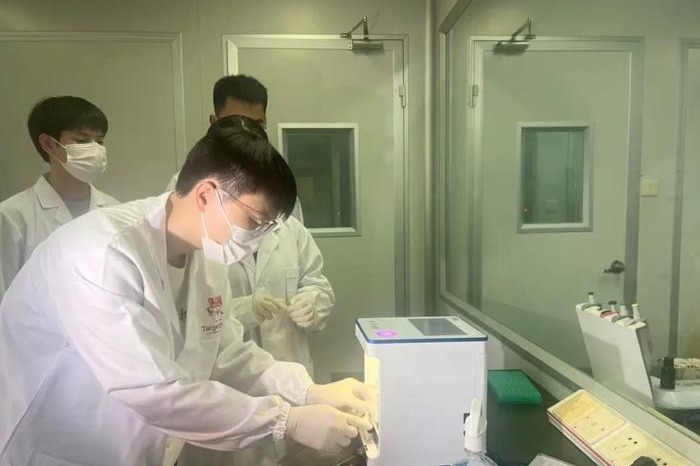Exhibition shows time past to present
Electronic screens lend a modern dimension to how the societies of yesteryear recorded the passing of seasons, Yang Feiyue reports.

Colorful translucent curtains hanging from the ceiling flutter in the wind at a half-open industrial space in early September. Right outside the windowless corridor, the Tianning Temple, one of the oldest of its kind in Beijing, comes into sight.
Amid the curtains, electronic screens of various sizes flicker and display animations featuring animals and plants interacting against the backdrop of changing seasons.
All of it gives off a magnified sense of time and space at the Tianning No 1 Cultural and Technological Innovation Park in the capital city's Xicheng district.
The arrangement is part of the exhibition Curiosity Leads the Way Through Seasons that was put together by He Wei, an artist who has committed himself to bringing out the charm of traditional culture icons through modern art and design.
"The exhibition is mainly about ancient Chinese wisdom about time," He says.
"As one walks into the exhibition, the curtains change from green to cyan, orange and red, indicating the change of seasons," he adds.
The idea is to have visitors feel the intangibility of time when they walk into the exhibition that will run until Oct 4.
Distinctive phenomena that were observed by the ancients and are characteristic of each of the 24 solar terms have been delivered on the electronic screens, ranging from fish swimming under ice to show the Start of Spring, to thunder indicating the Waking of Insects, and then the sudden disappearance of birds to mark the Start of Winter.
"We tried to bring out historical records about solar terms, including phenology, myths, folklore and poetry, onto digital screens," He says.
Each of the animations lasts from one to two minutes.
In He's opinion, the ancient records not only reflect agrarian civilization but romantic imagination and realities among the people.
In addition, a special focus has been given to landscape in the city's Xicheng district.
Local cultural and touristic landmarks have been woven into a long scroll of season-changing animation, including Xiannongtan, a historical spot where emperors took off their imperial robes and donned farm workwear to perform ceremonies; the National Centre for the Performing Arts; Dashilan, one of the oldest and most distinctive commercial alleys; and Beijing Zoo.
"We integrated them into a poetic composition that delivers a vivid portrayal of Beijing's Xicheng district," says He, who was born in the area.
"I'm very familiar with everything here. Through artistic expression, the works are not just a simple show of a bus route but a story that blends with nature and offers rich narratives," he says, adding that he strives to give a sense of the past and the present coexisting.
Handicraft projects and VR experience are also put in place for visitors to immerse themselves in intangible cultural heritage related to the Year of the Rabbit this year, such as the Lord Rabbit.
"We made a virtual moon palace in the form of digital art to offer a contemporary interpretation of the ancient capital's moon-worshipping ceremony, uncovering the auspicious symbolism behind the zodiac sign for the New Year celebration," He says.
Tian Lei, co-host of the exhibition, says Chinese traditional culture is profound and extensive, and the power of art should be used to integrate it into everyday life in innovative ways.
"The creative team led by He for this project uses digital technology and real-world construction to create a new form of art exhibition, and they have delivered innovations to cultural communication methods that enable young people to experience the unique charm of traditional culture," Tian says.
Every detail in the space was carefully arranged in an order that keeps visitors engaged, which is something He has been striving for in his art career.
Now in his 30s, he studied environmental art in the category of landscape architecture at the Academy of Arts and Design, Tsinghua University, from 2005 to 2009.
"That was when I started to pay attention to nature and the environment, as well as their relation with people and other living creatures," He says.
He went on to pursue virtual museum studies for his master's degree at the academy for the following three years, an experience that he says enhanced his understanding of the importance of the relationship between people and space.
"You have to know it, so you can come up with something that makes more sense for a certain topic," he says.
As he continued to make inroads in the art field at the Cranbrook Academy of Art in the United States from 2012-14, He got more insight into social practices in a different setting that includes galas and parties.
"I got to see how people behave on such occasions, and received more training about how to create spaces using information," he says.
His bold experimentation during school years saw him become a member of the art and science division of the New Museum of Contemporary Art in New York in 2015.
"From that point on, my research and practice began to focus on the differences and expressions of content between Eastern and Western cultures," he says.
He has made a point of exploring how visual elements from Eastern culture can be expressed in the context of contemporary digital art exhibitions, thereby creating multidimensional, hybrid social experiential scenes.
"Specifically, I employed cross-media methods, integrating a comprehensive range of elements such as programming, design, installations, food, and theatrical performances," he says.
"The goal was to explore the possibilities of experimental artistic expression within social settings," he explains.
In 2017, He introduced Chinese elements into the Asia Contemporary Art Week that he hosted.
He wanted visitors to see how cutlery can be a communication tool to convey the depth of Chinese culture.
In 2018, He was invited to help with the gala of UCCA, China's leading institution of contemporary art, and delivered Another Village, an immersive performance that attempted to create a garden facing the future and a delightful farming experience.
He was inspired by an ancient Chinese tale and turned the setting into a utopian village.
"I also put in Kunqu Opera elements and ended up getting a very good effect," He recalls.
The experience marked a new chapter in his career as he started to zoom in on expressing traditional Chinese culture through new approaches.
In 2019, He returned to China and founded his art studio Chewing Theory, where he has focused on studying the 24 solar terms and their artistic conversion.
Ever since, his team has drawn inspiration from them and has come up with paintings and creative films to tell the Chinese story.
The first collection of those works went online during the Dragon Boat Festival on June 22 and received great attention, including from the Xicheng authorities.
"We will go beyond Xicheng, to the rest of Beijing and then the rest of the country, where folk customs and characteristics of the solar terms would be diverse," He says about his future plan.
"I hope I can help spread some Chinese culture from my perspective, and help make it more appealing and better understood by more," he says.

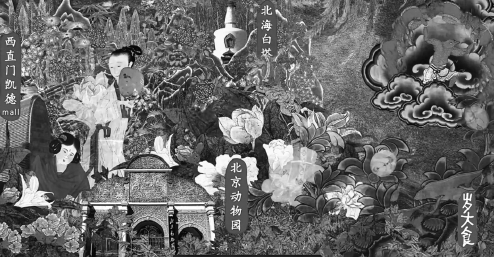
Today's Top News
- Xi's article on promoting healthy, high-quality development of private sector to be published
- Japan must face up to its wartime past
- Vision turns county into green model
- China rolls out new visa type for young science talent
- Cambodia, Thailand urged to engage in dialogue, rebuild trust
- China stays at forefront of global digital growth


















